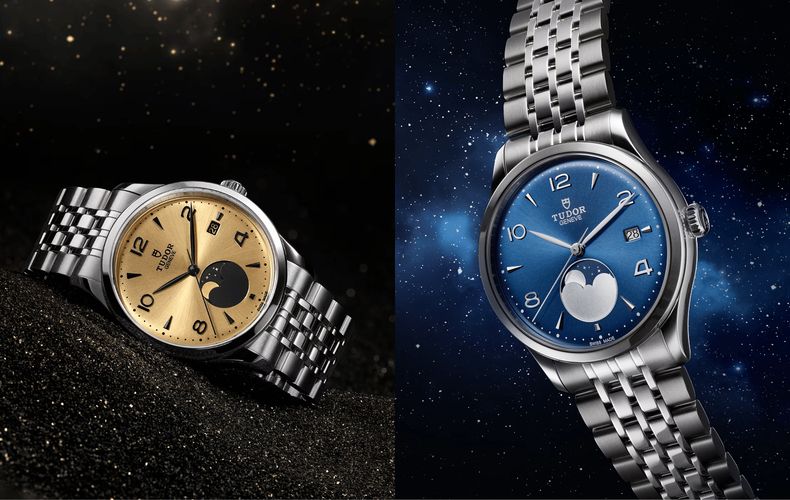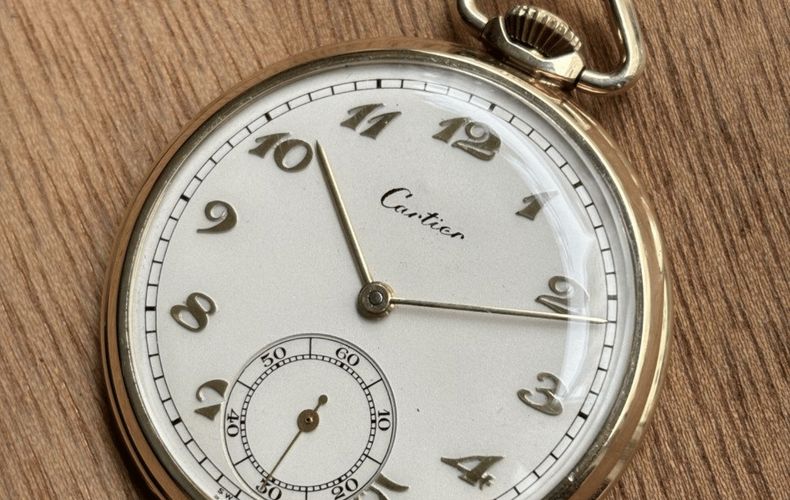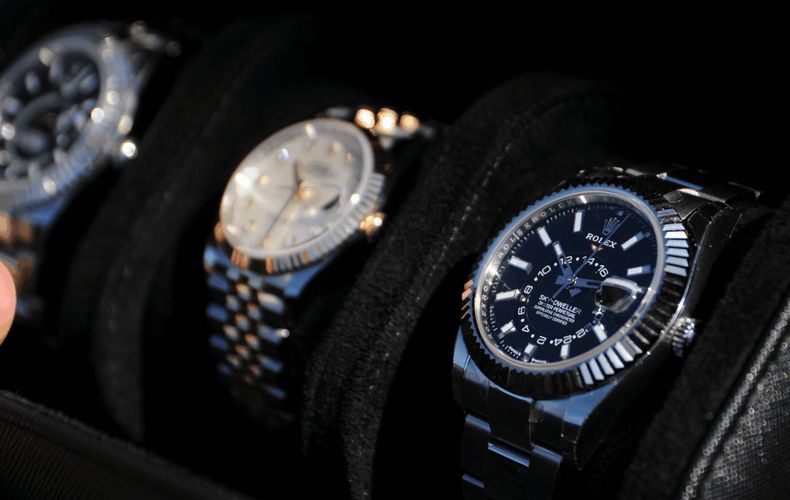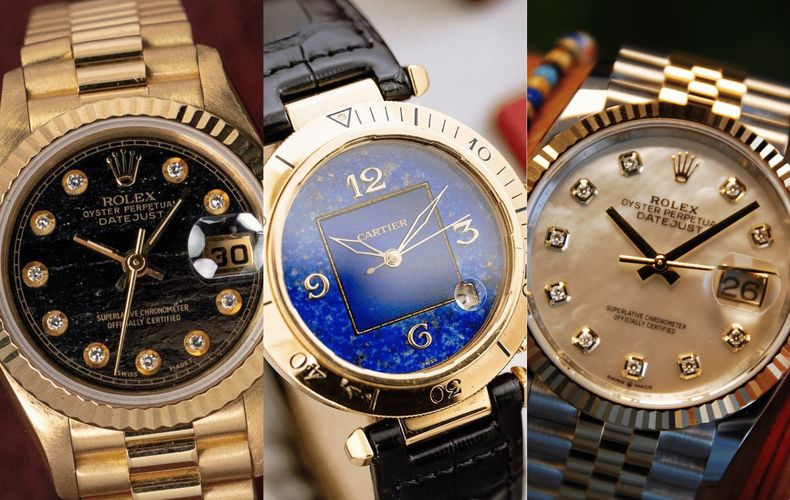What is a Tourbillon complication?
A tourbillon in a watch is a mechanical complication designed to improve timekeeping accuracy by counteracting the effects of gravity. It achieves this by mounting the escapement and balance wheel in a rotating cage, allowing the mechanism to change positions constantly, which evens out errors caused by consistent gravitational pull.
The term "tourbillon," meaning "whirlwind" in French, reflects the spinning motion of this intricate mechanism. The complication has been around for a long time, dating back to 1795. Abraham Breguet, a Swiss-French watchmaker still know to this day, was looking for a solution for a very specific problem. This problem had all to do with gravity. The escapement of a watch slowly and constantly releases a little bit of energy through the movement to make the hands of the watch move. To keep time perfectly, this release of power must be regulated as best as possible. Pocket watches were, instead of the wristwatches we know now, the standard of wearing watches. Pocket watches were often worn on a chain and hanging in the same orientation all day long, with the balance wheel orientated to the ground, constantly fighting the pull of gravity. To contradict this, Breguet decided to invent something that rotates constantly, to nullify the deviation that the pull of gravity caused. He put the balance wheel and the rest of the escapement in a cage that would be constantly rotating. This is what we call the tourbillon case.















